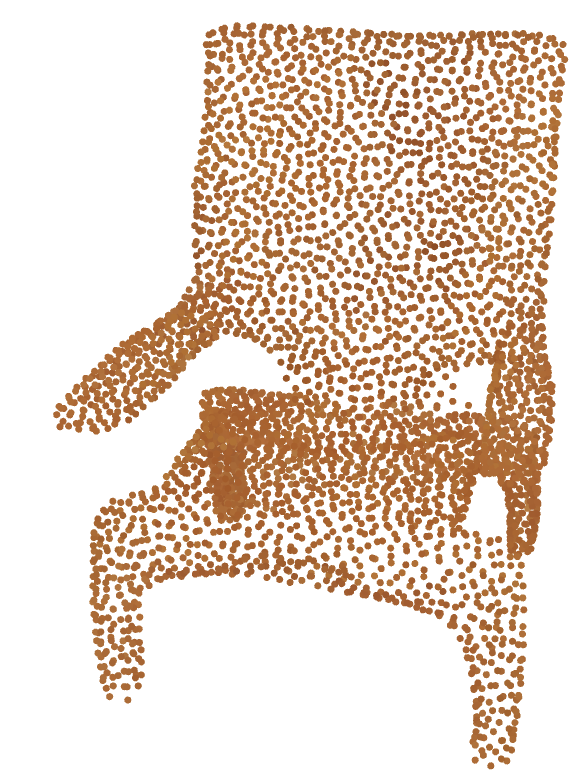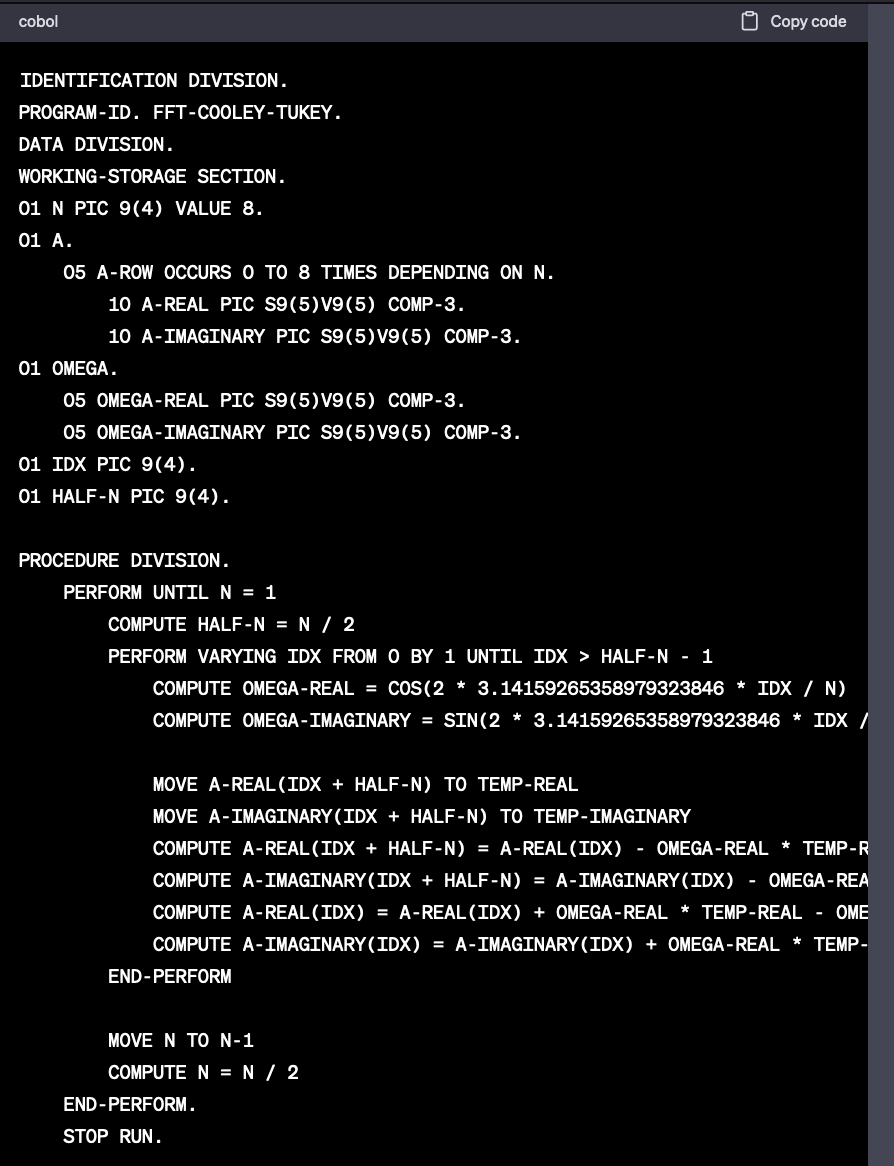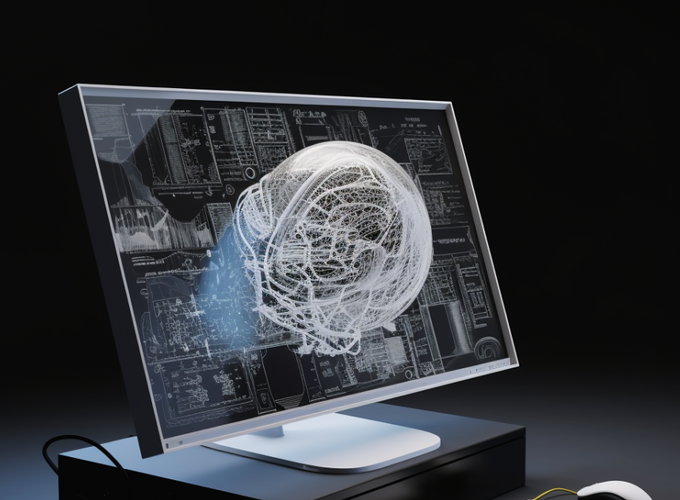Navigating the AI Revolution: A Deeper Dive into How AI is Reshaping our Work and Skillset
Looking back, I realize my previous article didn’t delve deeply into the potential impact of recent AI advancements. While I can’t predict the future with certainty, I’m ready to make informed predictions about how current AI developments may disrupt traditional systems.
tl;dr
In a nutshell, I foresee a significant, imminent impact across various industries. While IT, Finance, and Marketing are often touted as the prime sectors for AI disruption, I believe Manufacturing also stands at the cusp of substantial transformation. With the power of AI, smaller enterprises might disrupt the markets currently dominated by big players, potentially leading us into a scenario reminiscent of the next “Innovator’s Dilemma”.
Furthermore, I anticipate an urgent need for individuals to adapt to these changes, with the integration of new AI tools into educational curriculums being an ideal approach. I welcome your thoughts and feedback on this perspective, which, of course, is shaped by my personal observations and analysis. It is also true that dedicated state-of-the-art models offer superior results for the techniques discussed here, however two crucial points stand out. Firstly, as technology progresses, the gap between these models and the AI tools available will undoubtedly shrink. Secondly, achieving disruption doesn’t always require being the “best” from the start—often, being “good enough” can catalyze significant change.
What’s happening?
Even those lightly following AI advancements have likely seen text and chat dialogues nearly indistinguishable from human-created ones 1. You might have also encountered AI-generated images depicting unlikely scenarios like Donald Trump evading police 2 or the Pope wearing a puffer jacket 3. These are examples of AI’s “inpainting” capabilities, which currently aid tech-savvy individuals in creating or modifying images and will soon be available to all. While concerns about fake news and potential model bias are important, another question arises: what does this mean for our work and for us as individuals? This is a question that draws significant industry interest and investment into AI from major companies always on the lookout for more efficiency, speed and money savings.
What can the future bring?
In assessing scientific advancements, I often employ a 10x paradigm, envisioning their potential if improved tenfold. Two pivotal developments in this context are prompt generation (directing AI tasks) and in-context learning (learning from shown examples), which, if significantly enhanced and expanded, could disrupt various sectors.
We already see prompt generation creating photorealistic images from text descriptions, reducing the need for professional photographers or artists. This approach has been so successful that AI-generated images have won competitions 4, 5. Similarly, this technology will allow videos generated from descriptions 6, and create animation of children’s sketches 7.
When we transition this concept to three dimensions, we find emerging examples of 3D models being generated from text prompts. As an example, I have created a “Pretzel Chair” using a point cloud representation 8.
 As these models improve, we can expect the creation of detailed 3D designs through simple text prompts. Although these will initially require expert adjustments, the overall process will be significantly faster, leading to a potential disruption in the manufacturing sector.
As these models improve, we can expect the creation of detailed 3D designs through simple text prompts. Although these will initially require expert adjustments, the overall process will be significantly faster, leading to a potential disruption in the manufacturing sector.
In electronic circuits and PCB design, I envision a future where models can generate complete PCB layouts based on functional descriptions, even producing comprehensive documentation. This could lead to a paradigm shift in manufacturing, a sector which could face more significant AI-driven disruption than currently anticipated. This transformation may begin with hobbyists and small businesses utilizing these technologies to challenge larger, established entities.
Similarly, the field of architecture could experience a substantial shift. Imagine a world where a natural language description can generate a CAD model of a house or other architectural project. This would revolutionize planning and construction processes. If these developments progress and expand, the implications could be far more profound than what we currently envisage.
The common thread among the examples above is the shift from specialized tool knowledge to natural language interfaces across various design fields. As this trajectory continues, we’ll see a move to a “describe first, tweak later” approach, speeding up numerous processes. Moreover, these advancements will revolutionize “retrieval” and “knowledge extraction”. Automation will extract key information from large documents for legal or customer support purposes and identify significant patterns in massive datasets. A fascinating instance is a Large Language Model analyzing the impact of a “single neuron” within another Large Language Model: 9. In-context learning is a game-changer. Unlike traditional machine learning, where models are fine-tuned for specific tasks, in-context learning involves broad models that discern tasks from a few examples, without experts fine-tuning or training. This lets non-experts create effective classifiers or generative models with few samples, reducing time and cost. I witnessed this while building training examples for a toy project; with just two examples, the generated results were impressive and similar to what a classical labeling process could have produced. This paradigm shift not only offers tremendous cost and time reductions but also simplifies the process significantly.
What does it mean for what we learned?
What implications does all this hold for the individual? What does it mean for you? I recently came across a thought-provoking article by Kent Beck: 10. His perspective resonated with me as it encapsulates a fundamental truth: these new technologies will reset the balance and value of skills. Skills such as knowledge of a programming language, creating illustrations, and writing text can now be significantly augmented or potentially even substituted with an AI model.
Consider COBOL knowledge, a programming language developed in the 1950s, still used maintaining older business applications. What if, instead of hiring someone to write or amend COBOL code, we could employ a senior software developer (with little COBOL knowledge) and make them guide AI for writing COBOL code? Below is a COBOL implementation of the Fast Fourier Transformation - I can’t vouch for its functionality given my limited COBOL knowledge, but you get the point.
Interestingly, even GPT isn’t fond of COBOL; it concluded the generation with: “… Additionally, you may want to consider using more suitable programming languages like Python, which has existing libraries such as NumPy and SciPy that can efficiently perform FFT and other advanced mathematical operations.”

What can we do?
However, if we embrace this evolution and begin to harness it, we can leverage our experience to optimally utilize these tools, thereby achieving something far greater than what we could have managed otherwise. It’s no coincidence that the “contest-winning photo” was actually created by a photographer utilizing AI 8, and the AI image that won an art contest was crafted by an artist 9. The same will apply to other designs. An adept designer will be able to better guide the new models than an average person, and an experienced software architect will construct superior software projects with AI than a novice could. I don’t believe “prompt engineer” will be a long-term job description (kudos to those who secured positions paying over 300k for this… enjoy the ride while it lasts), but in the long run, field experts will continue to generate the best results. So, the key takeaway for individuals is this: shifting the focus from labor-intensive processes to high-level design processes will empower smaller groups to accomplish outstanding results. There lies a significant opportunity in leveraging our experience to extract the best from these models.
We must prioritize lifelong learning and education about these emerging AI tools. It’s vital to understand their uses, functionalities, and limitations, adopting a comprehensive “systems view” of their interactions and operations. With this knowledge, we can effectively harness the benefits of these tools. A friend recently offered an insightful comparison: a skilled software engineer using AI will outperform an average one using the same tools. Yet, an average engineer using AI could surpass the productivity of even the best engineer who chooses not to use AI. I believe this principle extends beyond software engineering to roles involving digital representation. In summary, it’s essential to reflect on these implications and plan accordingly. Large companies might face adoption challenges, with agile startups possibly disrupting established sectors like manufacturing. These startups could swiftly integrate new technologies, while larger corporations may get tangled in their processes. It’s crucial for individuals to engage with these technologies, experimenting and contemplating the effects on their expertise.
